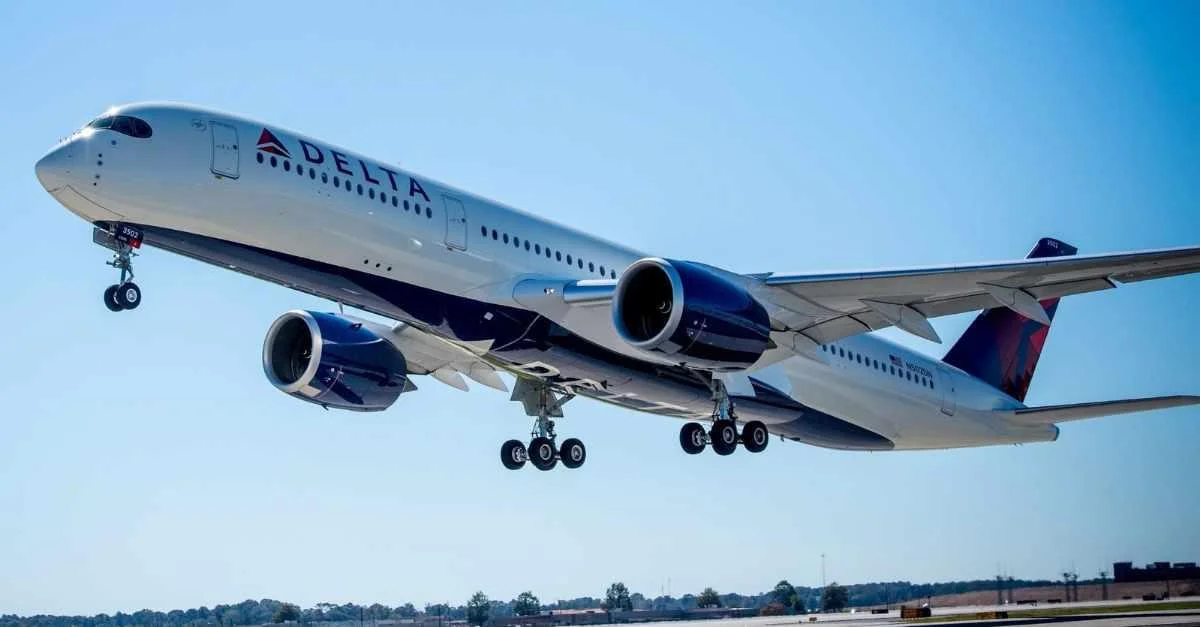Russia's inventory of ground-based air defense systems includes Tor (low-to-medium altitude), Pantsir-S1 (medium-range), Buk (medium-range), and mobile long-range systems like the S-300 and S-400. The exact number of these systems is unclear.
The backbone of Russia's high-end air defenses are the S-300 and its successor, the S-400. The S-300 was developed by the Soviet Union and remains operational in several countries today. The newer model, S-400 Triumf, was introduced in 2007. Rosoboronexport states that "The S-400 air defense system is universal for destroying all types of aerodynamic targets and ballistic missiles with a launch range of up to 3,000 - 3,500 km."
Operators of these advanced systems include countries like Algeria, China, Turkey for the S-400; while nations such as Greece have used or withdrawn their older models over time.
There are challenges in comparing specifications between different international systems due to varying real-world performances despite similar reported capabilities.
The more recent addition is Russia's high-altitude system known as the S-500 Prometheus which entered service reportedly around 2021 aiming at complementing existing models against threats beyond typical reach similar efforts seen with US THAAD developments offering specific engagements beyond Patriot’s range.
Global dynamics show many nations still rely heavily upon legacy Soviet/Russian designs amidst changing geopolitical landscapes impacted by legislative measures from major powers affecting trade deals involving advanced weaponry purchases specifically targeting regional interests exemplified through incidents concerning Turkey or India amidst their dealings surrounding acquisition attempts involving respective defensive solutions like F35 or similar agreements previously explored elsewhere around Asia Middle East regions seeking alternatives potentially aligning locally sourced projects instead favorably competing against longstanding producers’ portfolios influenced historically underlining evolving technological advances reshaping broader strategic environments worldwide ultimately redefining traditional approaches towards maintaining sovereignty safeguarding territorial integrity ensuring peace stability overall
 Alerts Sign-up
Alerts Sign-up




































